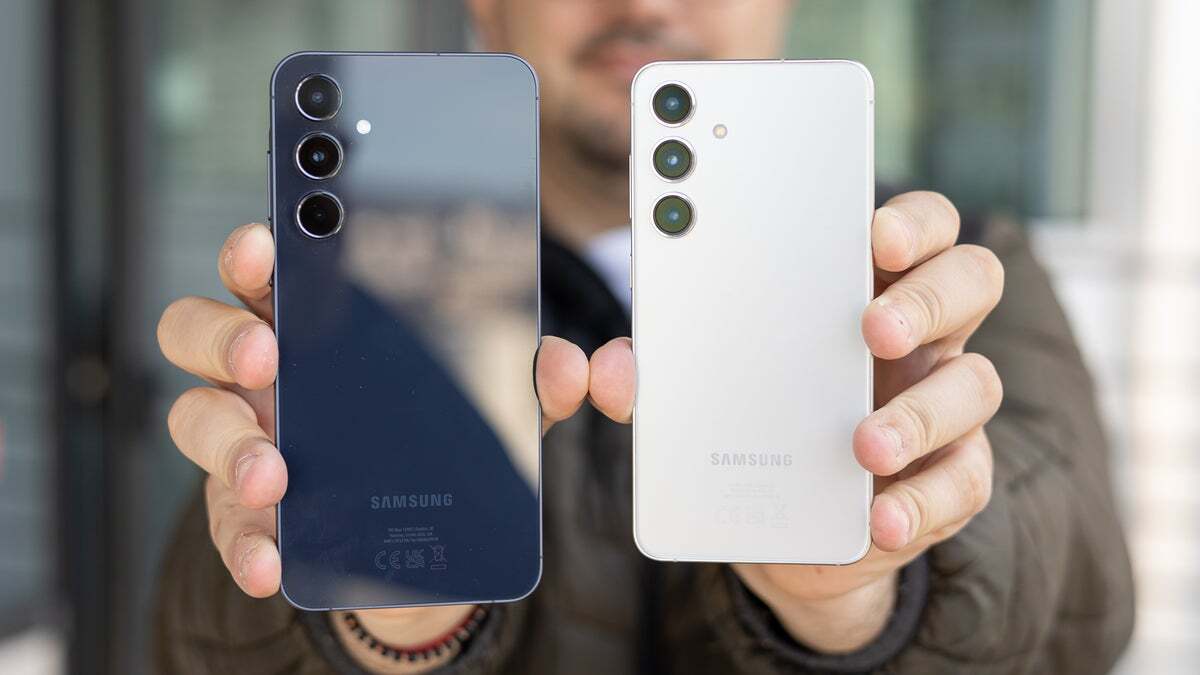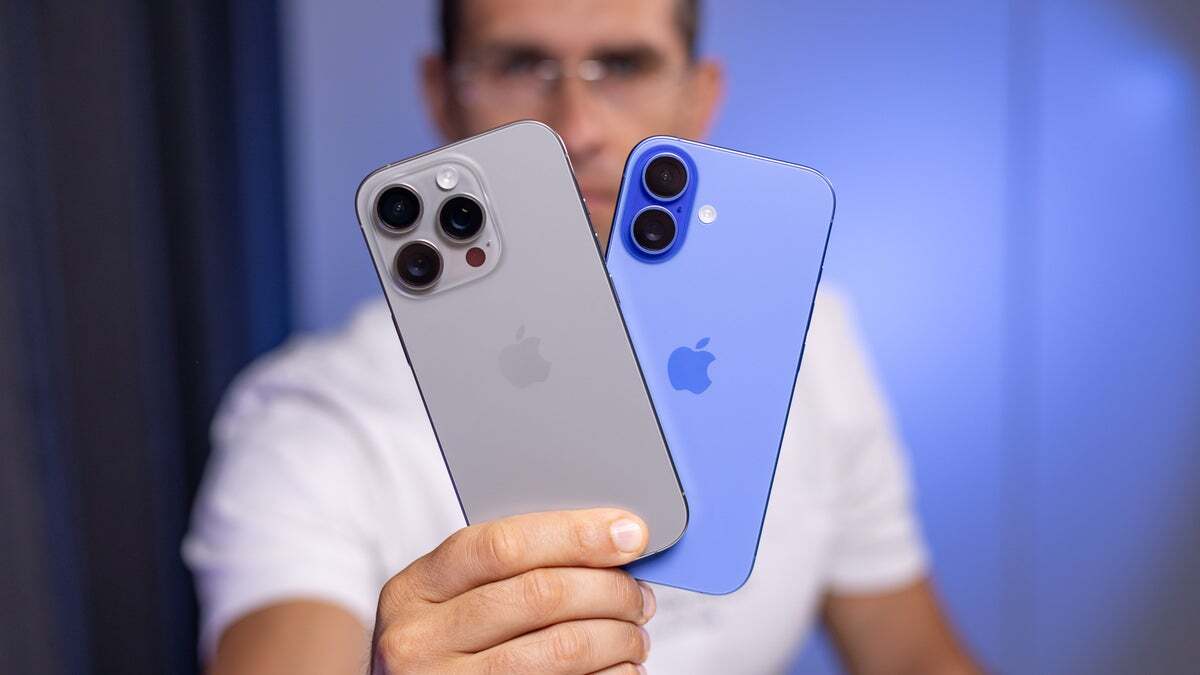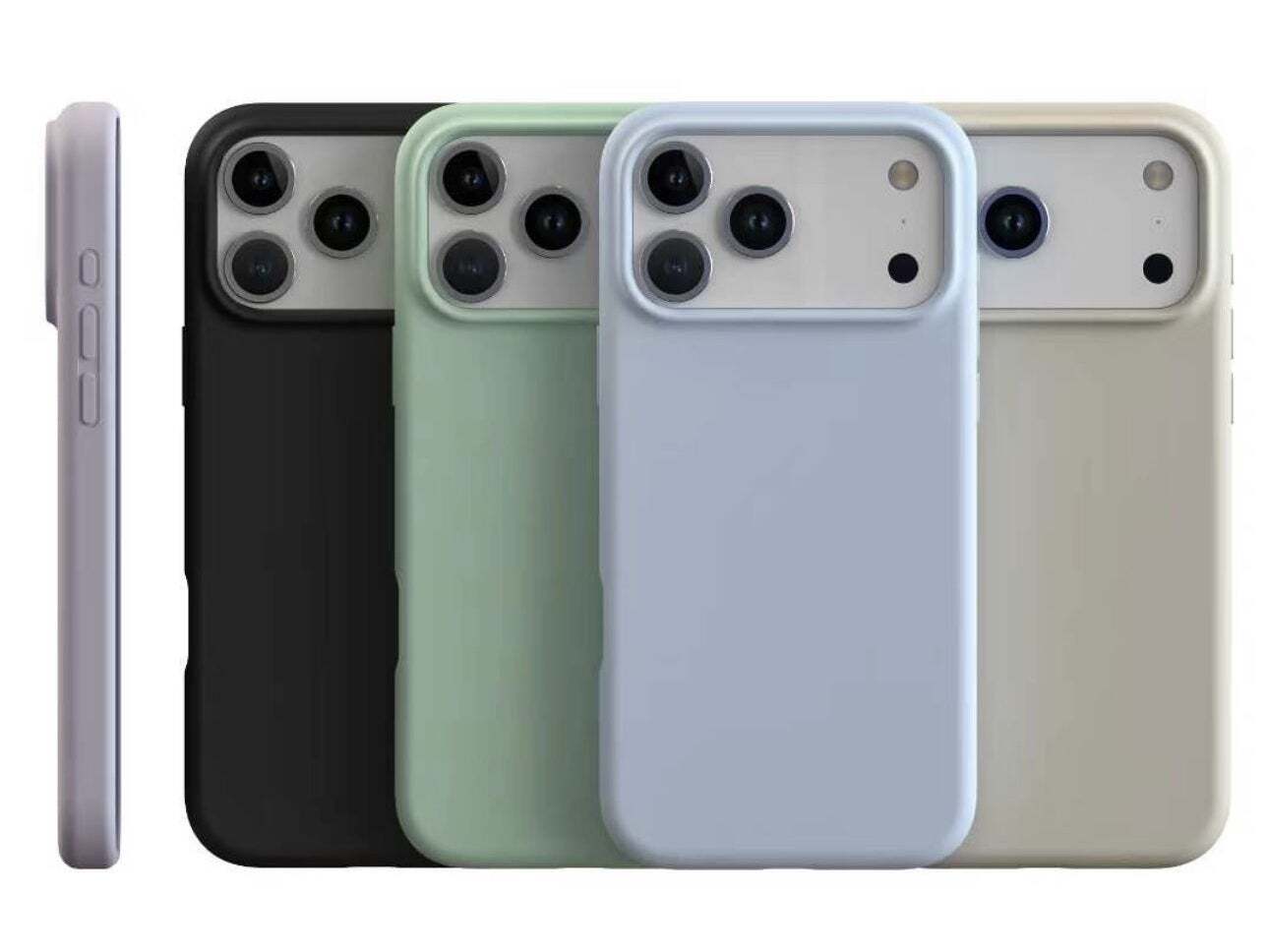Will everyone who has an iPhone 16 draw their wallets come September 2026, when the iPhone 17 is scheduled for official unveiling? I don’t think so – and, as a matter of fact, I think the iPhone 17 should be the last annually released iPhone.
It’s time we finally move past this toxic phenomenon of having yet another flagship (or a mid-ranger, or a budget-friendly) smartphone every 12 months or so.
I think now is the perfect time to do so – and my argument is that tariffs could serve as the perfect background, the perfect excuse for this to happen.
Let’s dive deeper.
What I see around me

Galaxy phones should have no trouble serving you for two years – or more. | Image credit – PhoneArena
It’s just an anecdotal experience, but in the circle of people around me, nobody buys a new phone every year. There are a few exceptions to the rule: like the time my father bought a cheap and cheerful Redmi phone only to despair over its performance at simple tasks like using Google Maps. A couple of months later, he got himself a Vivo X200 Pro mini, and I suspect he’ll stick with this one for at least five years. Years ago, he had a Huawei flagship, and he used it for six whole years.Phone-wise, there are two types of people around me:
- The mid-ranger (and “vanilla” flagship) crowd
- The high-end, maxed-out devices aficionados
The former group is way more populous than the latter, but that has nothing to do with how much a person is making – many just prioritize different things and see no use at spending a grand and a half on a handset. In general, people of that group rock Galaxy A series phones, older non-Pro iPhones, Xiaomi devices, or Pixels and Motorolas.
The part that likes to spend big $$$ is either packing a Galaxy S Ultra device, or an iPhone Pro Max, or a foldable of some kind. Rarely do I see someone with a maxed-out flagship that is not made by Samsung or Apple.
What unites both groups is that neither goes and buys a new phone every 12 months. Representatives of Team 1 wait until their device dies (usually, it’s because of the battery) and then get another capable mid-ranger. Those in Team 2, after reading carefully about their weapon of choice, spend serious amounts of money on a device that they’re then happy with for years to come.
Why break the annual release cycle now?

The iPhone should come once every two years. | Image credit – PhoneArena
Non-folding, “traditional” smartphones have plateaued (more or less) in recent years. If not “boring”, they could be seen as being stagnated. Flagships are mighty powerful these days, and the market is full of super-impressive and capable mid-rangers that do the job without breaking the bank.The jump in performance from one flagship to the next is not that impressive, since the current generation of devices is fast already. The cameras are certainly getting better, but not enough to justify spending thousands of dollars on a brand-new device. Even I, a person who’s clearly obsessed with mobile photography, can’t justify getting the successor to my current daily driver:
We can’t expect mobile phones to blow our minds like they used to do some years (decades?) ago. Not with the annual release cycle.
OK, but why break it now?
In a word – because of the recent tariffs that were imposed on foreign countries and mainly China, where much of what we use is being produced. Yes, I know, there were exemptions announced on electronics like laptops and smartphones, but things could shift in no time, and dramatically.
No one can predict the future and a neat way to add stability into people’s lives is a longer phone upgrade cycle.
Even if the exemption stays, the current sanctions and retaliatory tariffs could result in prices skyrocketing again and major supply chain issues plaguing manufacturing all around the world.
Will shortages of smartphone components occur? I would be surprised if not. In fact, it happens as we speak.
Tim Cook, for example, is allegedly experiencing “extreme anxiety” over iPhone 17 inventory.
Apple is facing production delays for its upcoming iPhone 17 lineup due to a shortage of low-CTE fiberglass cloth, a material essential for managing heat and minimizing internal stress from temperature fluctuations. This specialized component is critical to smartphone construction, and without it, manufacturing cannot proceed.
The issue is affecting others in the industry as well, prompting supply chain adjustments across the board. Apple is reportedly pushing suppliers daily to resolve the disruption, as the iPhone 17 is not only its next flagship but also a significant design shift, especially with the Pro models expected to feature a larger camera island inspired by recent Google Pixel phones.
Let’s have new phones every two years

iPhone 17 Pro renders. | Image credit – Majin Bu
Now is the time for brands to announce that they’re putting a stop to the “Let’s release another phone every 12 months” mantra, and that they’re moving towards the “once in two years” schedule.
24 months sounds like enough time for substantial hardware upgrades to be introduced, instead of the incremental upgrades we often see. I’m so sick of “new” models packing the same (or almost the same) components as their predecessors – at a serious “new” price, of course.
Besides, CEOs around the world will have fewer chances of getting a heart attack, should a supply chain gets disrupted or when some Big Shot decides to slap tariffs left and right. 24 months gives you so much more time to maneuver than 12 months.
Those who are sold on the Green Deal and are concerned about the environment should also support my cause. Not to sound like an anti-corporate activist with a shopping bag across my shoulder, but let’s admit it – the vast majority of users don’t need a brand-new phone every year.
Hold on to your smartphones, brothers.










